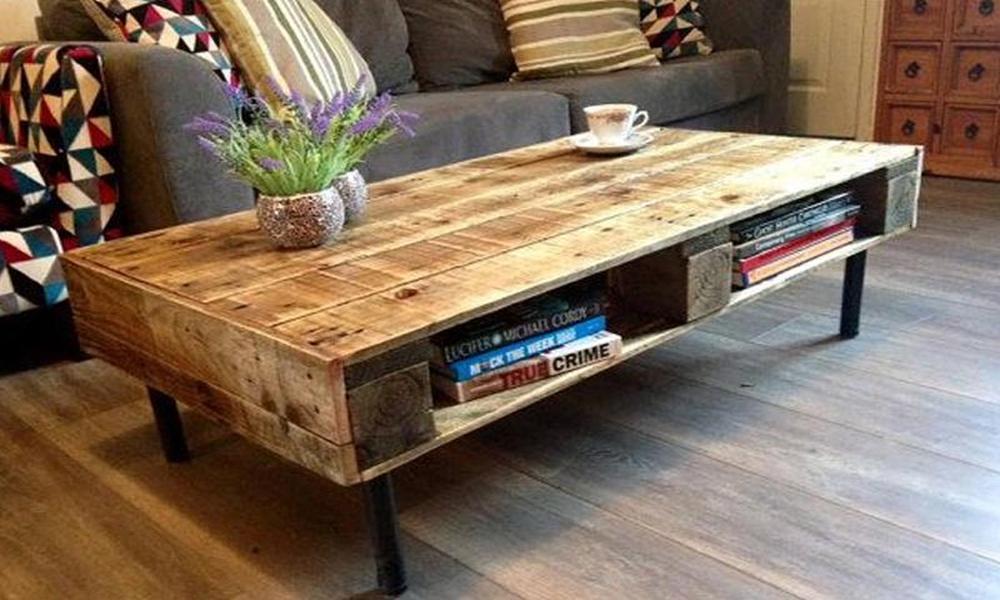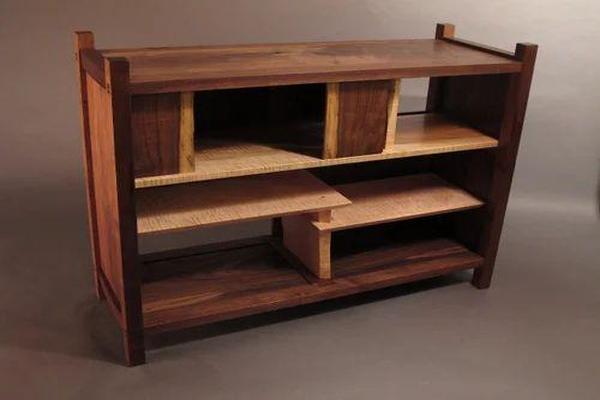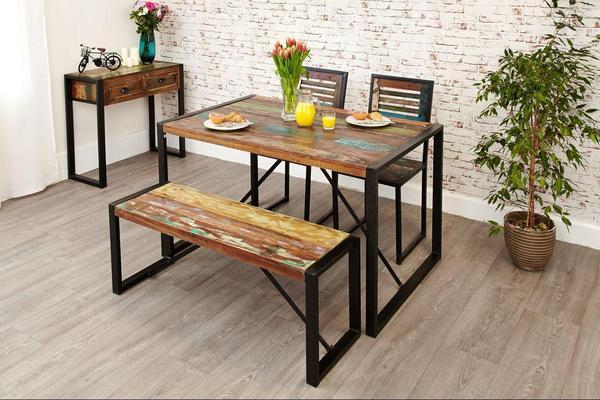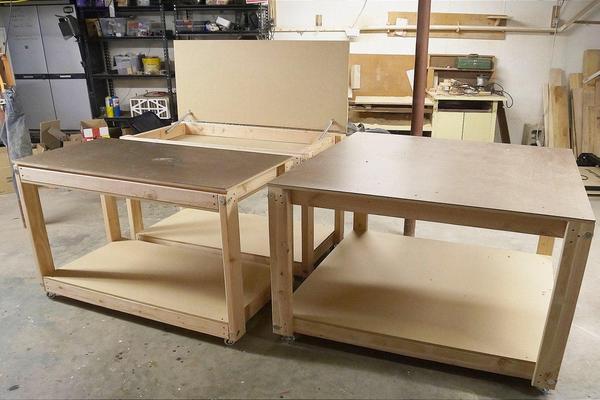6 Secrets for Making DIY Furniture Look Professional

Furniture is more than just an object to sit, sleep, or eat on. It’s a statement. A statement of your personal style, your craftsmanship, your creativity. And when it comes to DIY furniture, the satisfaction is beyond words. Seeing a piece you’ve created from scratch adorning your living space is immensely rewarding. But what if you could up the game and make your DIY furniture look professional? Yes, it’s possible. Let’s dive into the 6 secrets that can transform your DIY furniture pieces into masterpieces.
1. Choose the Right Wood
The foundation of a sturdy piece of furniture is the quality of wood you choose. Be it Pine, Oak, or Teak, your choice of wood significantly determines the durability and the look of your furniture. For a deeper understanding of which wood suits your project, check out these furniture making plans that can guide you through the process.

2. Precision is Key
When it comes to making furniture, there is no room for error. Precision is crucial for a polished look. Invest in good quality tools and take your time to measure and cut accurately. Rushing through this stage can lead to ill-fitting parts and an amateurish end product.
3. Sanding and Finishing
Never underestimate the power of sanding and finishing. A thorough sanding job helps eliminate any imperfections or rough spots on your furniture, making it smoother and more appealing. After sanding, choose a finish that complements the color and style of your wood. If you’re looking for some inspiration, here are 7 DIY furniture ideas that could get your creative juices flowing.

4. Joinery Techniques
The right joinery technique can make your furniture sturdy and long-lasting. Techniques like dovetail and mortise-and-tenon are popular among furniture makers for their strength and aesthetics. Research various techniques and choose one that suits your skill level and the design of your furniture.
5. Attention to Detail
Details matter! Adding a bit of character to your furniture by engraving designs or using decorative hardware can make it look professional. But remember, less is more. You don’t want your piece to look overly done.
6. Patience and Practice
Lastly, and perhaps the most important, is patience. Don’t be disheartened if your first few pieces are not as perfect as you’d like them to be. Remember, Rome wasn’t built in a day. Keep practicing, and with time, you’ll master the art of making professional-looking furniture.
Creating professional-looking furniture is no rocket science. It’s a craft that requires patience, attention to detail, and a whole lot of love. So, are you ready to turn your living room into a display of your craftsmanship?
If you’re already into DIY, and you’re looking for ways to improve your workspace, this article on 10 unique DIY desk ideas might just be what you need to take your hobby to the next level. Happy crafting!

Understand the Art of Balance
Furniture, be it store-bought or DIY, should add aesthetic appeal to your space rather than overpowering it. This is where the art of balance comes in. Too many chunky pieces will make the room look cluttered, while an excess of minimalistic furniture may give an impersonal, cold feel. The key is to strike a balance. A statement piece of furniture coupled with a few understated ones usually works best. Remember, the room should tell a story, and your DIY furniture is a part of that narrative.
Mix and Match Materials
One way to give your DIY furniture a professional touch is by mixing different materials. You don’t have to restrict yourself to wood alone. Metals like brass and copper, or even materials like rattan and bamboo, can add an exciting twist to your furniture design. Glass tabletops, for instance, can make your DIY dining table look sophisticated and professional. Leather or fabric upholstering can add a touch of elegance to your wooden chairs. This mix-and-match approach will not only help your DIY projects stand out but also allow you to create unique pieces that are versatile and chic.

Sustainability is the New Cool
In today’s times, being environmentally conscious is not just responsible but also trendy. Many professional furniture designers are focusing on sustainable designs, and so should you. Reclaimed wood, for instance, is an excellent material for DIY projects. It is not just environmentally friendly but also brings a vintage charm to your furniture. Similarly, non-toxic, low-VOC paints and finishes are safer for the home environment and are becoming increasingly popular. Creating professional-looking furniture is not just about aesthetics; it’s also about creating pieces that are safe, sustainable, and in line with modern design trends.








